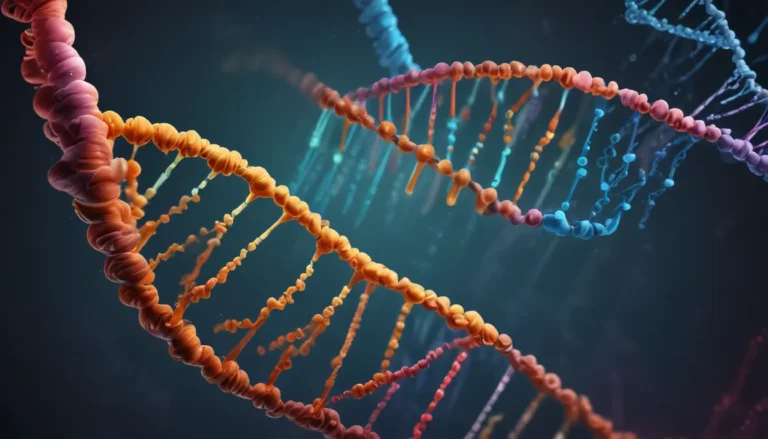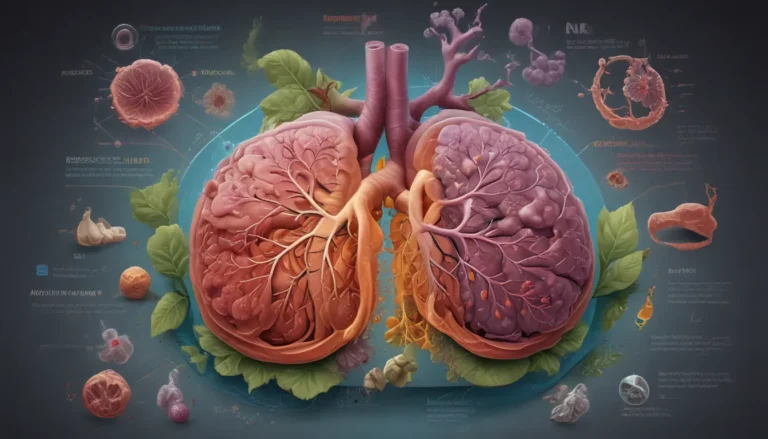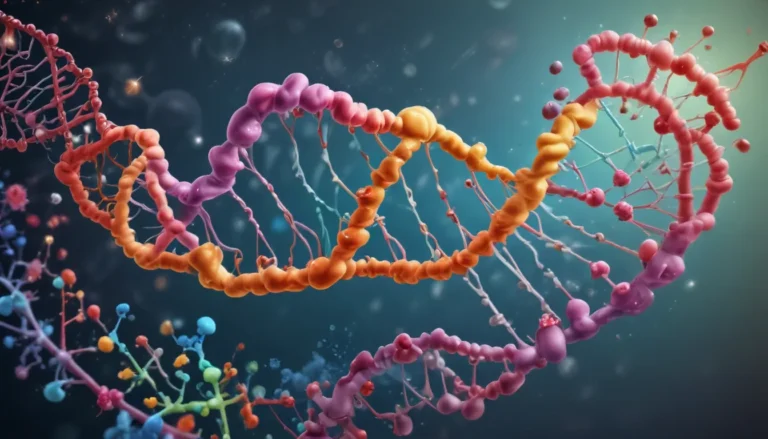A Note About Images: The images used in our articles are for illustration purposes only and may not exactly match the content. They are meant to engage readers, but the text should be relied upon for accurate information.
Cell adhesion is a fundamental process that holds the key to a multitude of biological phenomena. It involves the interaction between cells and their environment, ensuring tissue integrity, enabling communication between cells, and facilitating the proper functioning of organs and systems in the body. In this article, we invite you to delve into the captivating realm of cell adhesion as we uncover 20 mind-blowing facts about this intricate process. From the types of cell adhesion molecules to their role in embryonic development and disease progression, prepare to be amazed by the complexity and significance of cell adhesion in the world of biology.
Understanding the Basics of Cell Adhesion:
Cell adhesion is like the glue that holds our bodies together, from healing wounds to forming organs. It’s crucial for our health and understanding it can lead to new medical treatments. Different types of cell adhesion molecules help our cells stick together and communicate, playing a key role in everything from immune responses to brain function.
Cell adhesion plays a crucial role in maintaining the structural integrity and functionality of tissues and organs within the body. There are several types of cell adhesion molecules (CAMs) that mediate the binding of cells to each other and to the extracellular matrix. Examples include integrins, cadherins, and selectins.
The Role of Cell Adhesion in Various Biological Processes:
Cell adhesion is involved in embryonic development, playing a vital role in the formation of different tissue layers and the overall organization of the developing body. It is also crucial for immune responses, allowing immune cells to migrate to sites of infection or inflammation.
Through cell-cell adhesion, skin cells are able to migrate and close gaps during the wound healing process, promoting tissue repair. Disruptions in cell adhesion can lead to conditions such as cancer, autoimmune disorders, and developmental abnormalities.
Exploring Different Types of Cell Adhesion Molecules:
Integrins are important for cell-matrix adhesion, mediating the attachment of cells to the extracellular matrix and providing structural support. Cadherins are critical for cell-cell adhesion, enabling the specific binding of cells to each other and maintaining tissue integrity.
Selectins on endothelial cells interact with selectin ligands on leukocytes, enabling the initial tethering and rolling of leukocytes along blood vessels. Neurons form synapses and establish connections through cell adhesion molecules, enabling the transmission of electrical signals in the brain.
The Dynamic Nature of Cell Adhesion:
Cell adhesion can be regulated by biochemical signals, such as growth factors and cytokines, influencing cell behavior and tissue homeostasis. Cells can change their adhesive properties in response to different physiological or pathological conditions, allowing them to adapt to their environment.
Adherens junctions, formed by cadherin molecules, play a crucial role in cell-cell adhesion in epithelial tissues. Platelets rely on cell adhesion to aggregate and form blood clots in response to injury, preventing excessive bleeding.
Unraveling the Impact of Cell Adhesion:
Cell adhesion molecules can activate intracellular signaling cascades, regulating processes such as cell growth, differentiation, and survival. Proper cell adhesion is essential for organs and tissues to maintain their structural integrity and perform their specialized functions efficiently.
Various cell types exhibit distinct adhesive properties due to the specific expression patterns of different cell adhesion molecules. Understanding the mechanisms of cell adhesion can contribute to the development of strategies for promoting tissue regeneration and engineering functional tissues.
Embracing the Fascination of Cell Adhesion:
Cell adhesion research has implications for tissue engineering, regenerative medicine, and the treatment of diseases like cancer. The discovery of specific adhesion molecules and their functions has revolutionized the field of biology, enabling scientists to delve deeper into the complexities of cell adhesion and its impact on overall health.
As we continue to unlock the mysteries of cell adhesion, we gain a deeper appreciation for the beauty and intricacy of the human body. The intricate web of cell adhesion ensures the proper functioning and development of life, making it truly mind-blowing.
FAQs:
- What is cell adhesion?
-
Cell adhesion refers to the process by which cells interact and bind to each other or to the extracellular matrix, playing a vital role in various biological processes.
-
What are the types of cell adhesion?
-
There are two main types of cell adhesion: cell-cell adhesion and cell-matrix adhesion, each involving specific mechanisms and molecules.
-
How do cells adhere to each other?
-
Cells adhere to each other through specialized proteins called adhesion molecules, which mediate the binding between neighboring cells.
-
Can cell adhesion be disrupted?
-
Yes, under certain circumstances, cell adhesion can be disrupted, leading to consequences like cancer metastasis.
-
How is cell adhesion related to disease?
- Dysregulated cell adhesion can contribute to various diseases, including autoimmune disorders, developmental abnormalities, and cancer.
In conclusion, cell adhesion is a captivating biological process that shapes our understanding of life at a cellular level. By unraveling the intricacies of cell adhesion molecules and their functions, we open doors to new possibilities in medicine, research, and beyond. Join us on this exciting journey through the fascinating world of cell adhesion and witness the marvels that govern the very foundation of biological existence.






